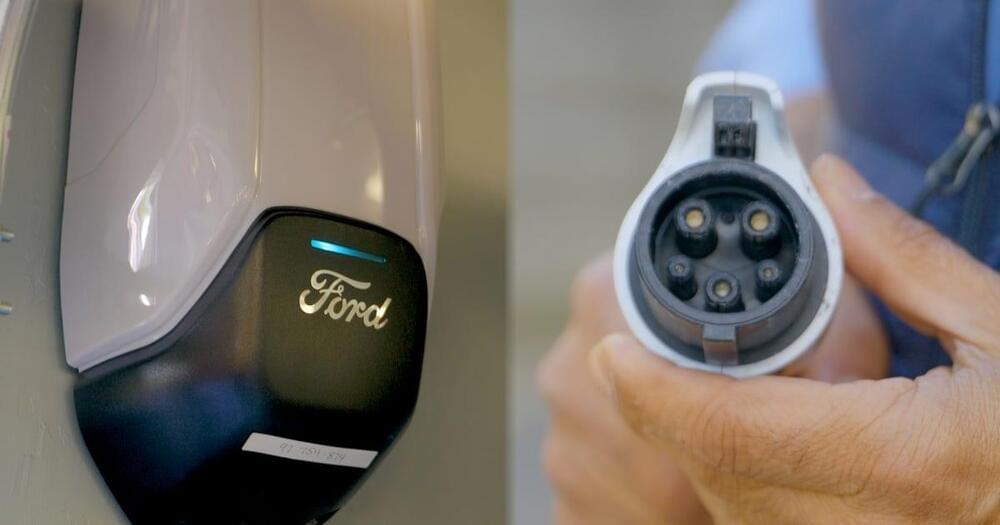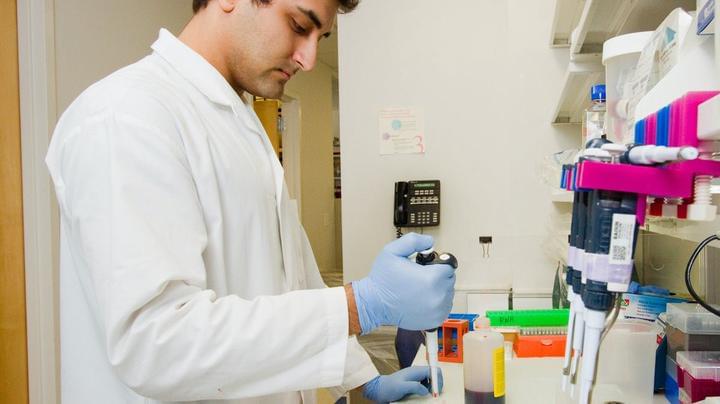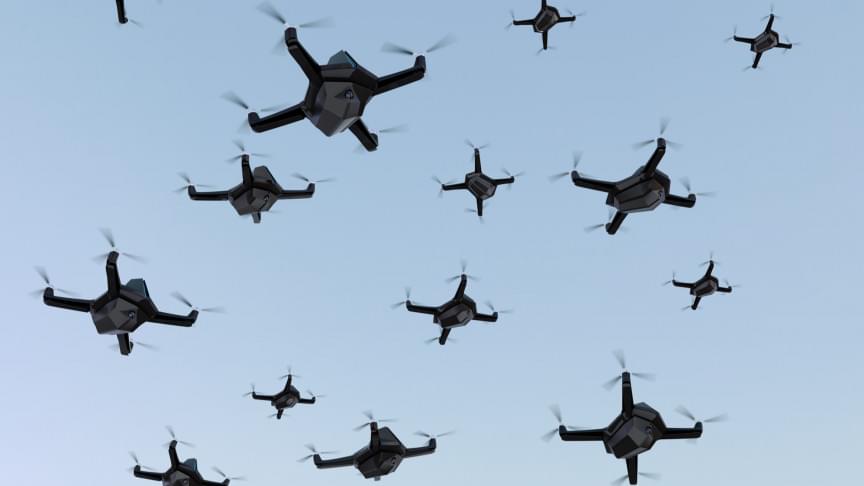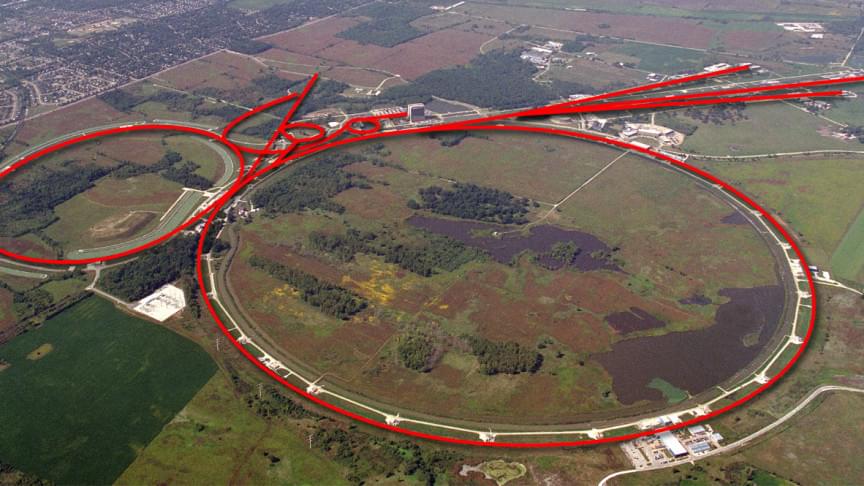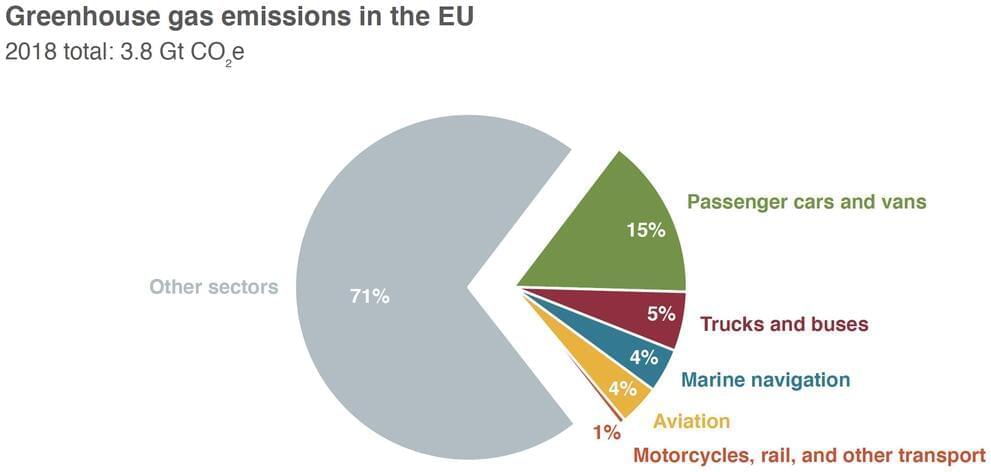One of the big problems with solar vehicles is that there’s just not much room on a car to make that much power. With a super efficient car like an Aptera, you can get a meaningful amount of power from solar panels, mostly because the car doesn’t use that much power. But, if you don’t want your car to look like an airplane without wings or a weird science project, you can’t get that much actual range per hour of solar charging. However, an Australian professor came up with a better idea to power his Tesla off of solar panels alone: a printed solar panel that rolls up.
The Charge Around Australia project doesn’t aim to be the first EV excursion around Australia, or even the first trip around Australia on solar power. The point is to be the first vehicle that has gone around the continent in a normal car powered by an innovative new solar technology.


